My husband and I experienced the joy of teaching our 16-year-old daughter how to drive. I thought she would feel scared when she got behind the wheel for the first time. She was actually more relaxed than my husband and I expected. Impressed by her confidence, I asked her how she felt so comfortable on Day One. She said it was because we had prepared her well for what to expect. We had spent time coaching her on what it’s like to be on the road, what to do and what not to do, long before she sat in the driver’s seat. She had been keenly observing us as drivers for some time, and she knew we’d be there to help when she actually hit the road. So, when the big day came, she felt ready.
That experience got me thinking about my work on teams that roll out a new system and process to work teams. A new system might seem scary at first, but the more you prepare end users, the easier it is for them to use it effectively and confidently.
There are three phases of good preparation:
It’s essential to communicate about a big system and process change, well in advance. People need to understand exactly what is changing and how the change will affect them. Any advance exposure is also helpful. Previews educate and relieve anxiety about the new business processes and tools.
Training is also critical, of course. It’s important to offer blended learning solutions, like e-learning, job aids, and instructor-led training. For some, learning doesn’t “click” in a formal training setting. The more learning “touches” you can offer, the more likely learners will perform well on Day One.
Learning really begins when training ends, at the job site. No matter how great the training is, some learners don’t fully grasp new skills until they are on the job and have to use a new process and system to do real work. That’s when they can apply what they recall from training to real data and real customers. To reinforce this last phase of learning, provide on-the-job support, like super users, job aids, or online help.
To improve your chances of a smooth transition, ask these questions as you plan and build communication, training and support:
- What message is the boss sending? If he or she does not support the change, the team will not buy in. Ensure executive leadership visibly and vocally supports the change.
- Is the old way faster? People might revert to doing what they know to get the job done. Think of ways to ensure workers do their work in the new way, with the new tools.
- What’s the consequence for not working the new way? If there are no consequences, expect noncompliance. Prepare to demonstrate the business impact of not doing it the new way.
- How “real” is the training? Without realistic scenarios and simulations, you can’t expect good performance on the job.
- Are you training roles or tools? The tool is simply the means for executing job functions. Effective training is role-based and teaches to day-to-day business processes.
- Will they learn to handle mistakes? If you only teach the “happy path,” when everything works perfectly, that is not realistic. Train people on what to do when things go wrong.
- Where do people turn when they need help on the job? Do they turn to peers, their boss, procedure manuals, or online help? Create a post-training support system that makes sense for these users.
Let’s say you’ve built and implemented communication, training and support that address all those questions. What else can you do to put your learners on a path for success, on Day One and beyond?
- Prepare for business delays. If the business allows it, set expectations about how significant the change is and how it may affect service. If possible, staff up to bridge the gap between the old and new way of doing things.
- Test knowledge and performance. Do this multiple times if possible: at the end of training, before Day One, and when the new processes are up and running.
- Provide help on demand. Even if you have other kinds of performance support, make sure experts are available. People feel comfortable when they have someone close by to answer questions. A super user on site eases anxiety.
- Hold on-the-job learning sessions. For example, schedule “lunch and learn” sessions, where users share tips and tricks to improve efficiency and performance. People might also talk about “A-Ha Moments” – bursts of understanding or insight on working with the new tools and processes.
The bottom line: prepare your learners to “take the wheel” before and after formal training so that when Day One comes, they can “drive” in the new system with confidence.



